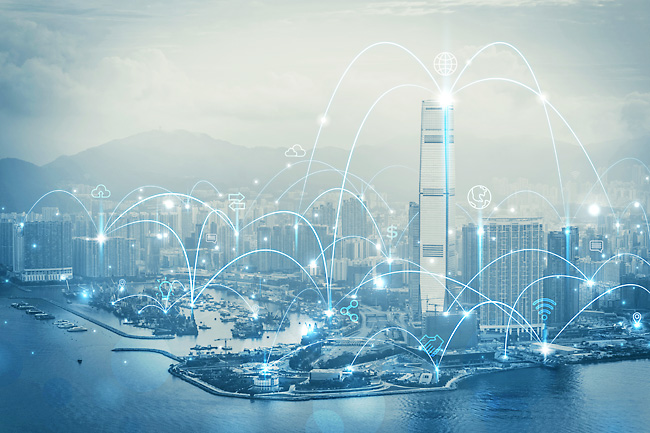Hakim Hayat
In 2016, the top one per cent of the world’s population owned half of the global wealth. But for the past two years, the income of 99 per cent of the global population has worsened while the income of the top 10 richest people has doubled, of whom eight are technology titans.
According to the Economic Research Institute for ASEAN and East Asia (ERIA), digital transformation is one of the most crucial factors changing modern human life – from electronic machinery, digital computers, and artificial intelligence (AI). Recent AI-related technologies include software as a service (SaaS), robotics, the Internet of Things (IoT), and virtual reality (VR).
In the last decade, the number of industrial robots installed worldwide annually has more than doubled, with more than 400,000 in 2021. China, Japan, the United States, Korea and Germany accounted for 76 per cent of total industrial robot installations. In the last five years, investment in AI increased by more than five-fold from USD13 billion in 2015 to USD68 billion in 2020. Brazil, India, Canada, and South Africa are among the countries with the highest growth in AI hiring.
Digital transformation reduces the costs of sharing information leading to unprecedented changes in what and how we trade.
The pandemic has even accelerated digital transformation and digital trade. The development of digital trade includes digital payments and digital services delivery.

According to Statista, global retail e-commerce sales in 2020 increased by almost 30 per cent from 2019 levels. Meanwhile, the United Nations Conference on Trade and Development found that in 2020 around 24 per cent of firms received orders online and over 40 per cent of firms placed orders online.
Digital trade reached USD4.9 trillion last year and is estimated to reach USD5.5 trillion this year, and be worth more than USD10 trillion by 2030.
Overall, digital transformation improves productivity and trade. Technological advances can lead to faster work with greater precision and accuracy, and thus reduce production and operational costs. Industrial robots and AI can also help markets to function more efficiently and improve human welfare overall.
But digital transformation can also increase inequality. This occurs through at least two ways, according to a statement from Lead Advisor, Southeast Asia Region at ERIA Lili Yan Ing.
First is through displacement effects, she explained, whereby capital and technology take over tasks previously performed by labour, and automation reduces the share of labour. This displacement, she said, will impact both employment and wages, particularly for less-skilled workers who can be replaced by robots and AI.
The second way is the premature de-industrialisation effects, where digital transformation impacts developing countries and leads to potential premature de-industrialisation and disappearance of manual and routine jobs.
On top of inequality issues, the lead advisor said that we face key challenges in digital transformation including digital trade. First is privacy.
Lili Yan Ing elaborated, “Private individual information and data are exposed to services providers, including pervasive exchange of data that has fuelled concerns about the use and misuse of data.”
The second challenge she noted is cyber security. “The expansion of rapid digitalisation and the use of data by businesses and consumers for communication, digital trade, and as a source of access to information and innovation, comes along with increased threats – threats against data, against systems, and against people.”
The third challenge to be mentioned by the lead advisor is competition. “Technological advancement enables firms to operate in massive economies of scales, leading to market concentration.
“Market concentration reduces competition and can create barriers to micro, small, and medium enterprises (MSMEs) and start-ups resulting in an unlevel playing field, with big tech players using integration as their strategy to dominate markets and capture more revenues at the cost of consumers.”
Lastly – the digital divide. Lili Yan Ing shared that digitalised systems and digitally deliverable goods and services still account for a smaller share of total trade in less developed countries than in other parts of the world.
“To give you an idea, only two per cent of the population in low-income countries conducted digital trade. Countries, firms, and individuals vary greatly in their digital trade readiness depending on education, skills, and infrastructure,” she said.
She then spoke on the advantages and challenges of digital transformation and digital trade and what can be done to encourage digital transformation.
One is to improve the quality of key digital enablers, including data security and data governance, law and regulations, digital infrastructure, and skills to ensure digital inclusiveness for all.
Another is to improve individual preparedness for digital and AI technologies to reduce digital divides within and between countries.
This calls for better cooperation in providing incentives for ‘good technology’ adoption.
Lastly, she said that the quality of privacy law and competition/antitrust law must be improved, and that it is crucial to ensure their implementation worldwide.


